
Photography is the art, application, and practice of creating durable images by recording light, either electronically by means of an image sensor, or chemically by means of a light-sensitive material such as photographic film. It is employed in many fields of science, manufacturing, and business, as well as its more direct uses for art, film and video production, recreational purposes, hobby, and mass communication.
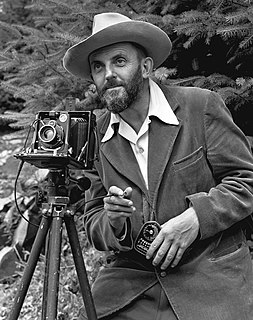
Ansel Easton Adams was an American landscape photographer and environmentalist known for his black-and-white images of the American West. He helped found Group f/64, an association of photographers advocating "pure" photography which favored sharp focus and the use of the full tonal range of a photograph. He and Fred Archer developed an exacting system of image-making called the Zone System, a method of achieving a desired final print through a deeply technical understanding of how tonal range is recorded and developed during exposure, negative development, and printing. The resulting clarity and depth of such images characterized his photography.

The Cyanotype is a slow-reacting, economical photographic printing formulation sensitive to a limited near ultraviolet and blue light spectrum, the range 300nm to 400nm known as UVA radiation. It produces a cyan-blue print used for art as monochrome imagery applicable on a range of supports, and for reprography in the form of blueprints. For any purpose, the process usually uses two chemicals: ferric ammonium citrate or ferric ammonium oxalate, and potassium ferricyanide, and only water to develop and fix. Announced in 1842, it is still in use.
Color photography is photography that uses media capable of capturing and reproducing colors. By contrast, black-and-white or gray-monochrome photography records only a single channel of luminance (brightness) and uses media capable only of showing shades of gray.
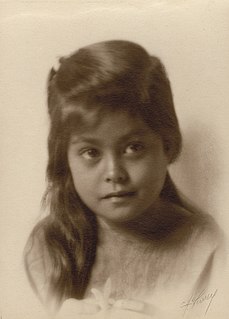
The gelatin silver process is the most commonly used chemical process in black-and-white photography, and is the fundamental chemical process for modern analog color photography. As such, films and printing papers available for analog photography rarely rely on any other chemical process to record an image. A suspension of silver salts in gelatin is coated onto a support such as glass, flexible plastic or film, baryta paper, or resin-coated paper. These light-sensitive materials are stable under normal keeping conditions and are able to be exposed and processed even many years after their manufacture. This was an improvement on the collodion wet-plate process dominant from the 1850s–1880s, which had to be exposed and developed immediately after coating.

Fine-art photography is photography created in line with the vision of the photographer as artist, using photography as a medium for creative expression. The goal of fine-art photography is to express an idea, a message, or an emotion. This stands in contrast to representational photography, such as photojournalism, which provides a documentary visual account of specific subjects and events, literally representing objective reality rather than the subjective intent of the photographer; and commercial photography, the primary focus of which is to advertise products, or services.
A chromogenic print, also known as a C-print or C-type print, a silver halide print, or a dye coupler print, is a photographic print made from a color negative, transparency or digital image, and developed using a chromogenic process. They are composed of three layers of gelatin, each containing an emulsion of silver halide, which is used as a light-sensitive material, and a different dye coupler of subtractive color which together, when developed, form a full-color image.
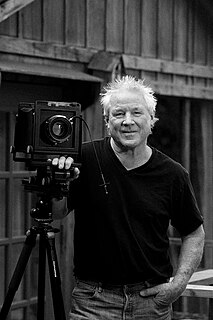
Kim Weston is an American photographer known for his fine art nude studies.
David Robert Mullen is an American artist and photographer. His art spans a wide range of styles from realist, to abstraction, to surrealist. David Mullen has practiced fine art photography for over 35 years. He views photography as a great printmaking art and has worked in black and white processes such as Van Dyke brown, platinum, silver gelatin and digital formats. For the last seventeen years, Mullen has dedicated his time to black and white and color photography as well as painting in water media such as watercolor, gouache, and acrylics. Mullen has won numerous awards for his work.
Ryan Zoghlin is an artist and photographer.
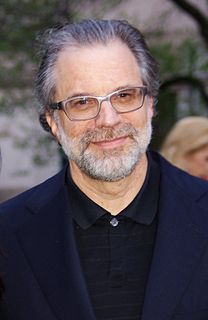
Clifford Ross is an American artist who has worked in multiple forms of media, including sculpture, painting, photography and video. His work is in the collections of the Museum of Modern Art, the J. Paul Getty Museum, the Metropolitan Museum of Art, the Whitney Museum of American Art, the Museum of Fine Arts, Houston, and the Philadelphia Museum of Art.
James Welling is an American artist, photographer and educator living in New York City. He attended Carnegie-Mellon University where he studied drawing with Gandy Brodie and at the University of Pittsburgh where he took modern dance classes. Welling transferred to the California Institute of the Arts in Valencia, California in 1971 and received a B.F.A. and an M.F.A. in the School of Art. At Cal Arts, he studied with John Baldessari, Wolfgang Stoerchle and Jack Goldstein.
Lynn Stern is an American photographer. Stern is known for her black and white photographs produced using natural light. She began to pursue photography as a career in the late 1970s. Stern lives and works in New York City.
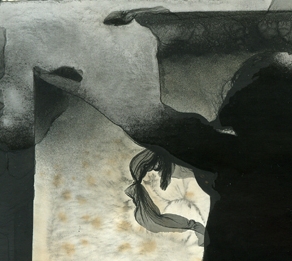
Mordançage is an alternative photographic process that alters silver gelatin prints to give them a degraded effect. The mordançage solution works in two ways: it chemically bleaches the print so that it can be redeveloped, and it lifts the black areas of the emulsion away from the paper giving the appearance of veils. Once the emulsion is lifted, it can then be removed or manipulated depending on the desired outcome. Areas where the emulsion was removed appear to be in relief. These prints can become oxidized during their creation, further altering the tonality of the image.

Elad Lassry is an Israeli-American artist who lives and works in Los Angeles.

Harold Davis is an American photographer and author.
Susan Burnstine is an American fine art photographer and journalist, originally from Chicago and now based in Los Angeles. She is best known for haunting, ethereal images that illustrate her dreams. She began making photographs as a way of facing and working through nightmares and night terrors that have haunted her since childhood. She is also known for making her own cameras and lenses, initially from ruins of toy camera bodies, and now 100% homemade with additions from found objects and assorted other materials that best represent her vision of her dreams. Burnstine has written for many notable photography publications, including a monthly column for B&W Magazine UK.

Dody Weston Thompson was a 20th-century American photographer and chronicler of the history and craft of photography. She learned the art in 1947 and developed her own expression of “straight” or realistic photography, the style that emerged in Northern California in the 1930s. Dody worked closely with contemporary icons Edward Weston, Brett Weston and Ansel Adams during the late 1940s and through the 1950s, with additional collaboration with Brett Weston in the 1980s.
Margaret Woodward Weston, known as "Maggi", is an American photography collector and promoter who started one of the first commercial art galleries in the United States devoted solely to photography.
Glenn Rand is an American photographic artist, educator and writer. He has produced photographic art that has been included in public museum collections throughout the United States, Japan, and Europe. He has written twelve books on photography and contributed regularly to magazines. In 2009 the Photo Imaging Education Association (PIEA) presented him with its "Excellence in Education Award" for his insightful contributions to photographic education.










